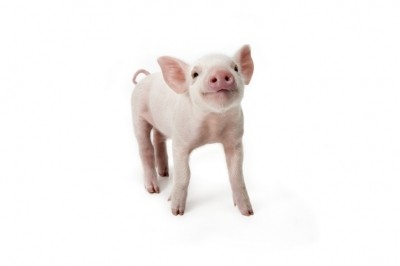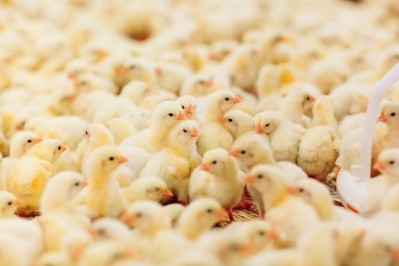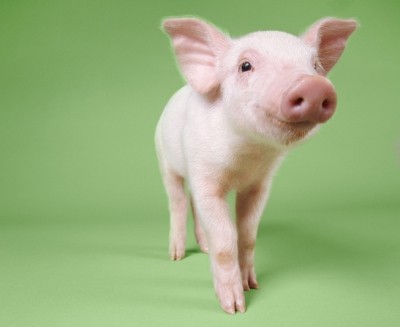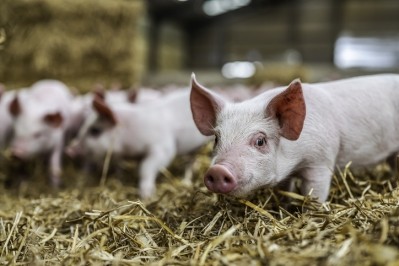Paper: Future research work should focus on controlling gut permeability and inflammation in young pigs
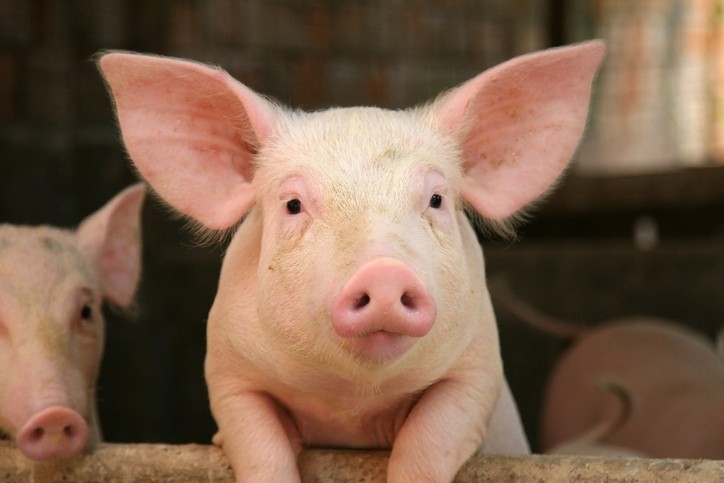
There is now a huge number of diversified in-feed antibiotic (IFA) alternatives targeted at the weaning piglet diet, they said.
During the last decade, the authors report, there have been numerous in-vivo studies on alternatives to IFA conducted in relation to the weaned period in pigs, with such in-vivo work complemented by extensive in-vitro research also, typically carried out on intestinal porcine epithelial cells (IPEC-J2).
So there is now a huge amount of data in the literature allowing industry to gain a greater understanding of the underlying mechanisms of action concerning the different IFA alternatives.
IFA alternatives often target cellular inflammatory pathways but the anti-inflammatory mechanisms of action differ among the various candidates, noted those scientists, writing in Animal Feed Science and Technology.
“The main innate immune response addressed has been the Toll-like receptors (TLR)-dependent, nuclear factor enhancing kappa light chains of activated B cells (NF-κB) canonical signaling pathway.
“Gene expression of pro-inflammatory (interleukin (IL)-1β, IL-6, IL-8, tumor necrosis factor (TNF)-α) and regulatory (IL-10, transforming growth factor (TGF)-β) cytokines, and sometimes their concentrations in intestinal tissues or in blood serum or plasma, as well as systemic markers (e.g., haptoglobin, C-reactive protein (CRP), calprotectin) have been investigated as outcome variables of inflammation.”
While a key aspect of gut function – permeability – which is particularly affected during weaning has been addressed directly ex vivo, in vitro with cell lines, but most often indirectly, using molecular biology techniques for gene expression of key tight junction proteins, they reported.
“Literature analysis reveals that, taken collectively, these data are rather convincing and promising.”
The data, they said, also provide a better understanding of the modes of action of IFA alternatives especially on intestinal, and sometimes, systemic inflammation.
Many functional nutrients including L-amino acids and derivatives (e.g., arginine, N-acetylcysteine, glutamine, glycine, serine), plant components (e.g., terrestrial and marine polysaccharides, polyphenolic compounds) and essential oils have been shown to have anti-inflammatory properties when given to piglets at optimal concentrations and durations of treatment, according to the paper.
“This holds true for many probiotic microorganisms (bacteria, yeasts) that have been carefully evaluated in terms of strains, dosage and dietary or nutritional context.
“In a few cases, mixtures of such categories of substances (e.g., bioactive nutrients, feed components, probiotics) have been evaluated. The mixtures could be protective as the individual substances alone, but sometimes synergistic or antagonistic effects have been disclosed. This encourages the pursuit of further studies of interactions among IFA.”
One potential limitation of many published works is that they are often based only on gene expression approaches, with few studies associating physiological or functional variables (e.g., epithelial permeability), argued the researchers.
“Future work aimed at controlling gut permeability and inflammation in young pigs should continue to propose novel solutions that are sustainable, environment-friendly, economically viable to the producer and acceptable to the consumer," they concluded.
Source: Animal Feed Science and Technology
DOI: https://doi.org/10.1016/j.anifeedsci.2021.114836
Title: Dietary alternatives to in-feed antibiotics, gut barrier function and inflammation in piglets post-weaning: Where are we now?
Authors: JP Lallès, CA Montoya
